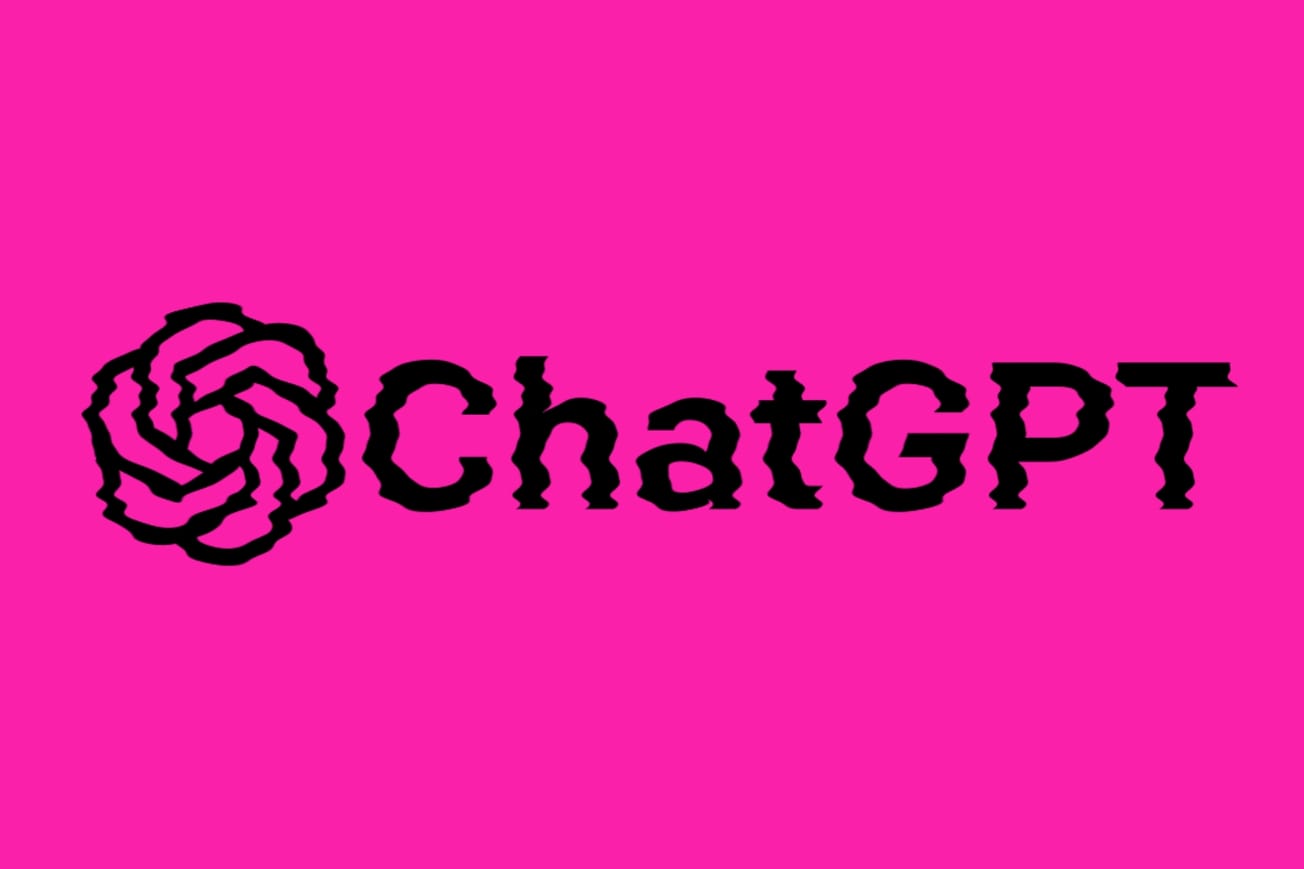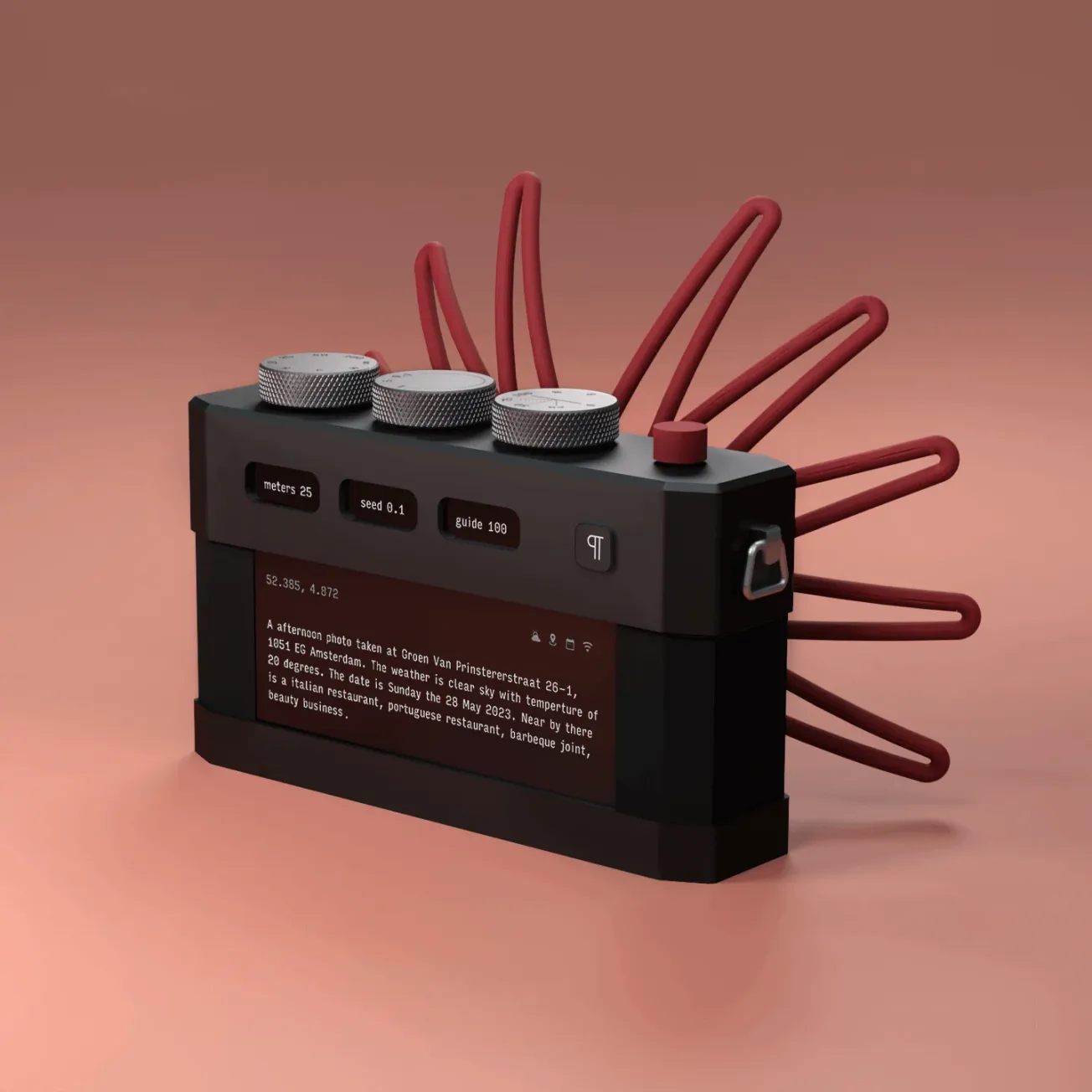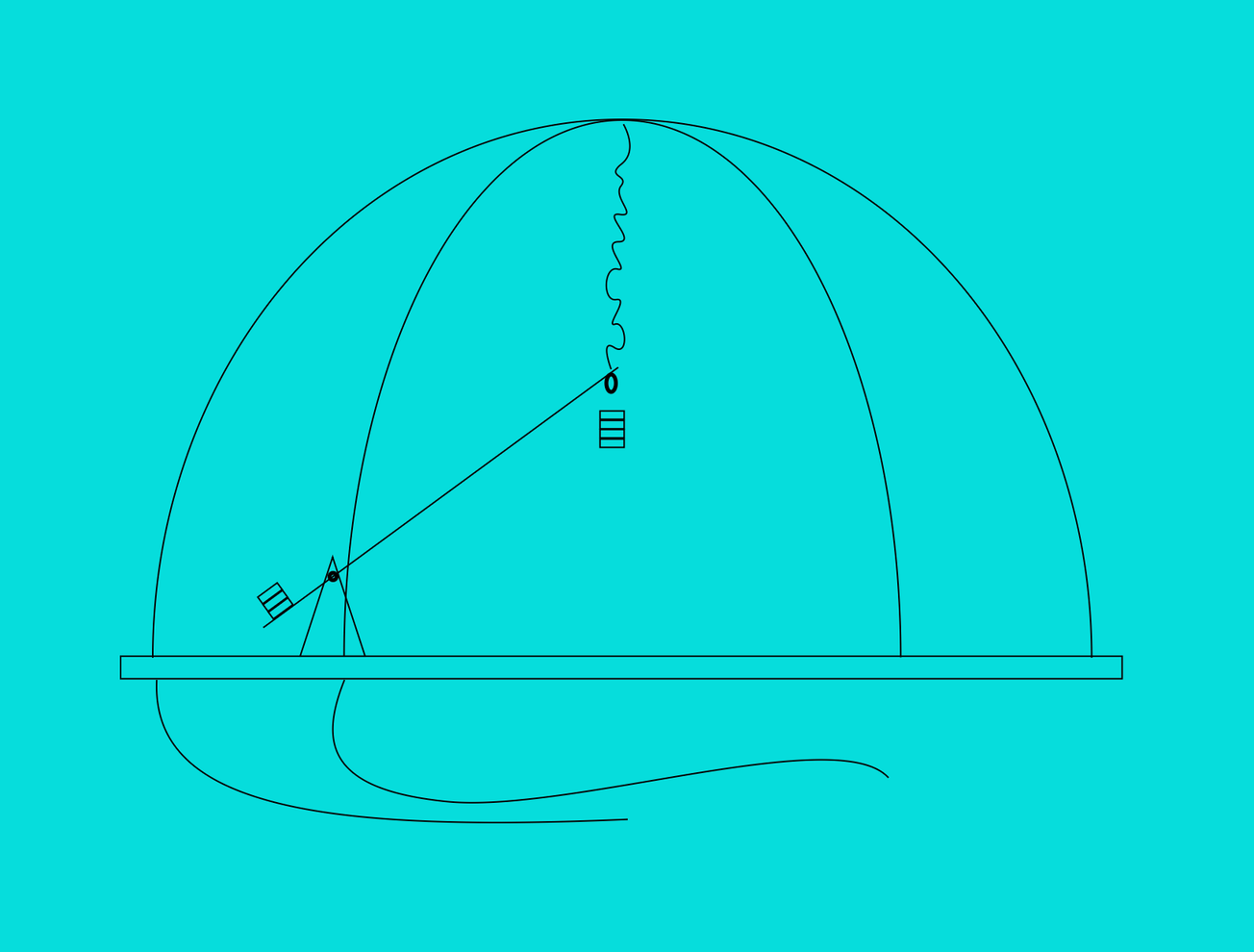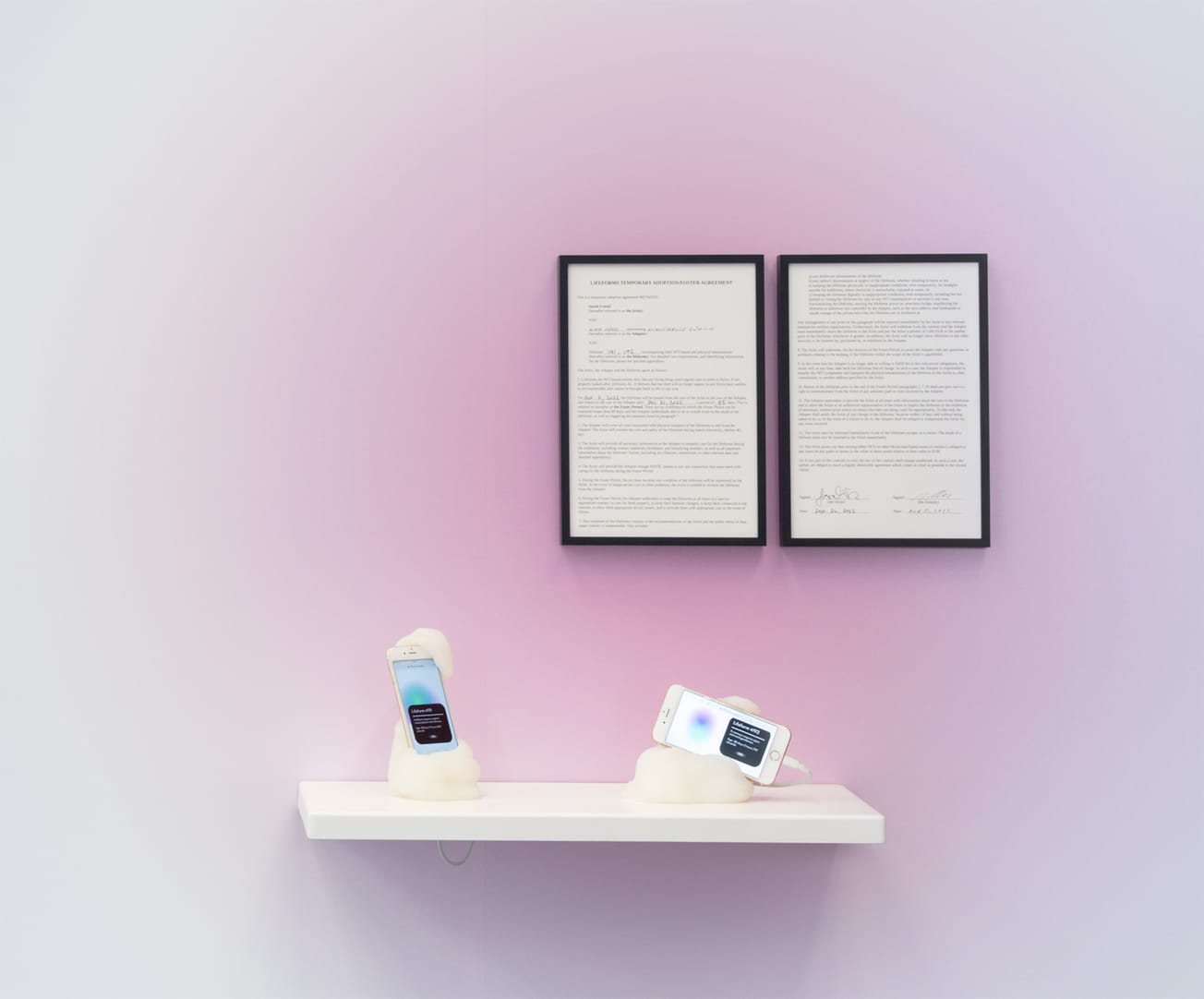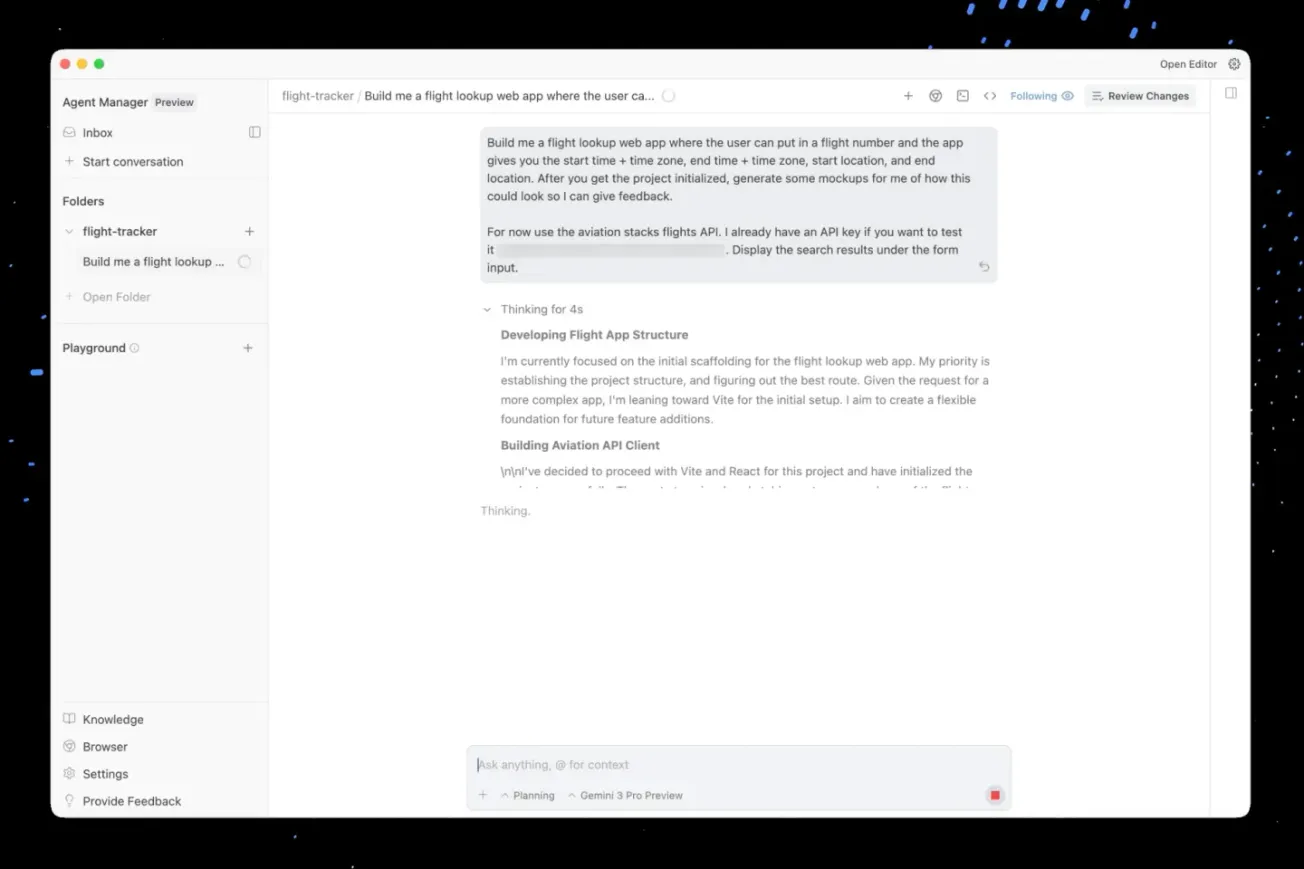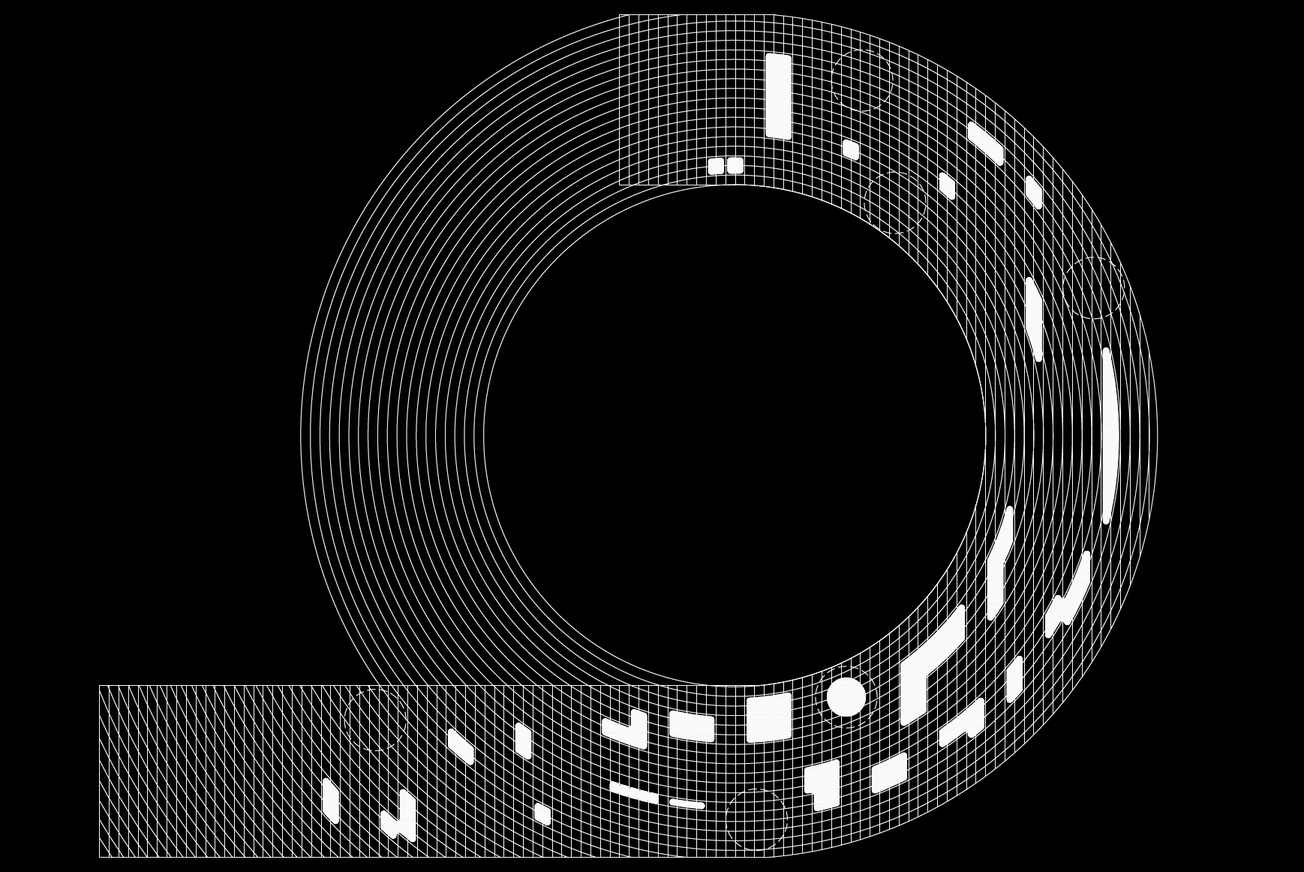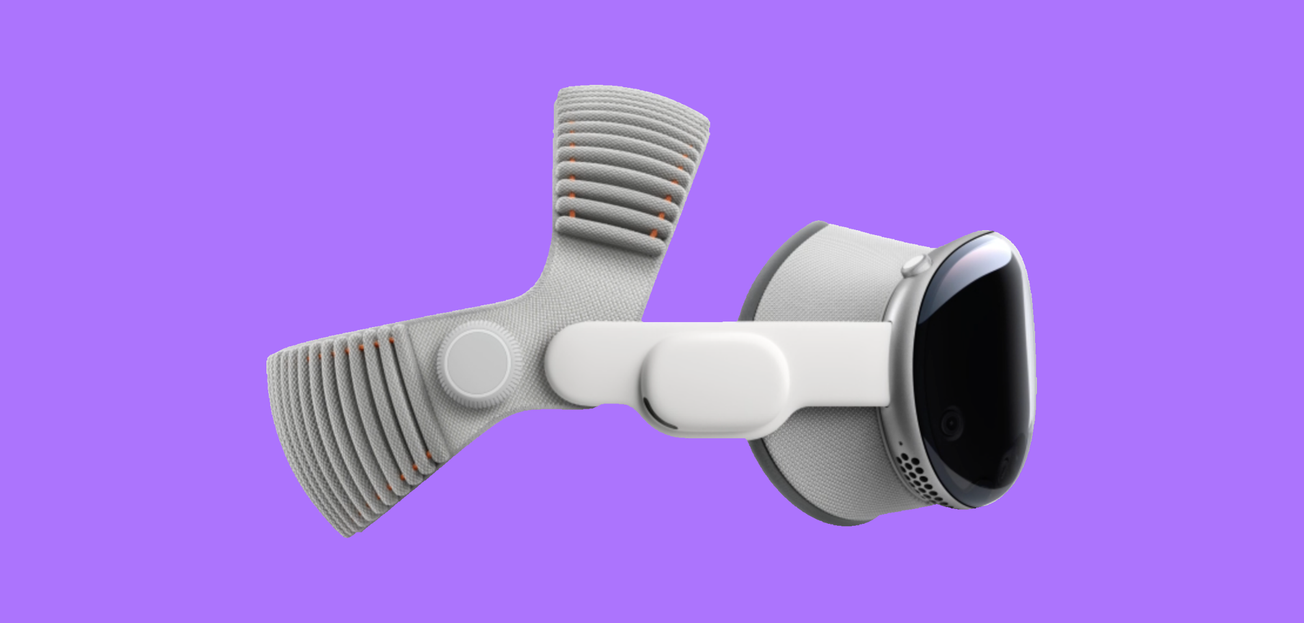When OpenAI released GPT-5 on August 7, 2025, coverage in major tech outlets centered on its promised technical gains—improved reasoning, expanded knowledge, and faster performance. But inside design studios, classrooms, and collaborative writing spaces, the discussion quickly turned to tone. Compared to GPT-4o, many users reported that GPT-5 felt colder and more transactional—less like a collaborator and more like a clerk.
For creatives who rely on AI for ideation, prototyping, and iterative thinking, this change wasn’t cosmetic. Tone affects the rhythm of collaboration. A warmer model can push a concept in unexpected directions, offer playful riffs, or help break creative blocks. When that warmth is stripped back, brainstorming sessions risk becoming more mechanical, less generative.
One factor in the shift is GPT-5’s new “router” system, which automatically selects different internal models depending on the task. While designed to optimize performance, routing glitches at launch often produced inconsistent tone and drained much of the conversational nuance users had built workflows around. OpenAI acknowledged the problem publicly and said it is working to restore a “warmer” personality.
The incident underscores a bigger design challenge: balancing technical capability with emotional continuity. In creative practice, tools are more than their outputs—they’re part of a process shaped by trust, rhythm, and shared language. When a model’s personality changes abruptly, it’s like swapping out a design partner midway through a project: ideas get lost, momentum breaks, and the work shifts in tone. GPT-5’s rollout is a reminder that AI design isn’t just about accuracy, speed, or reasoning power. For artists, designers, and writers, the feel of the interaction matters. Emotional design isn’t a luxury feature—it’s part of the creative infrastructure. And as AI becomes embedded in cultural production, preserving that human–machine rapport may be as important as the next leap in model performance.

